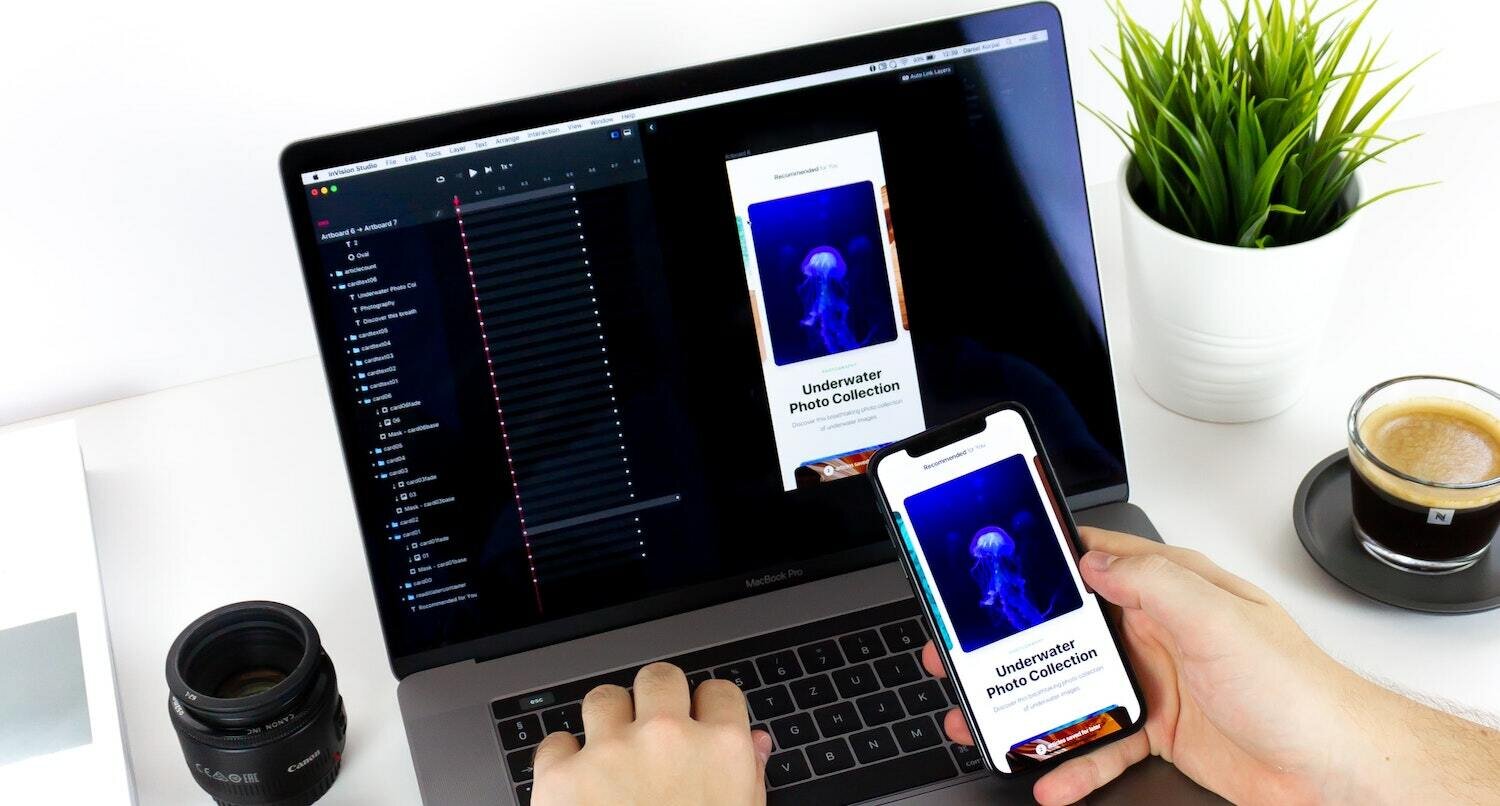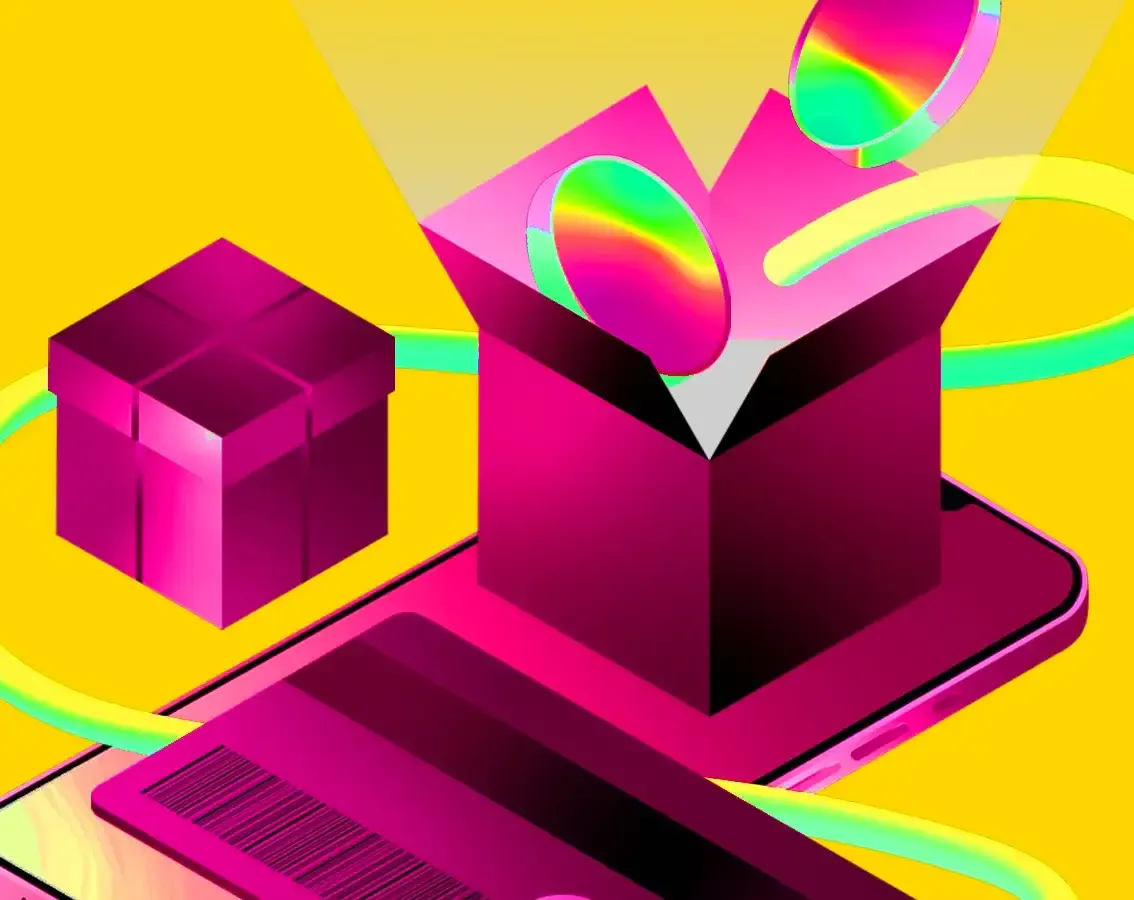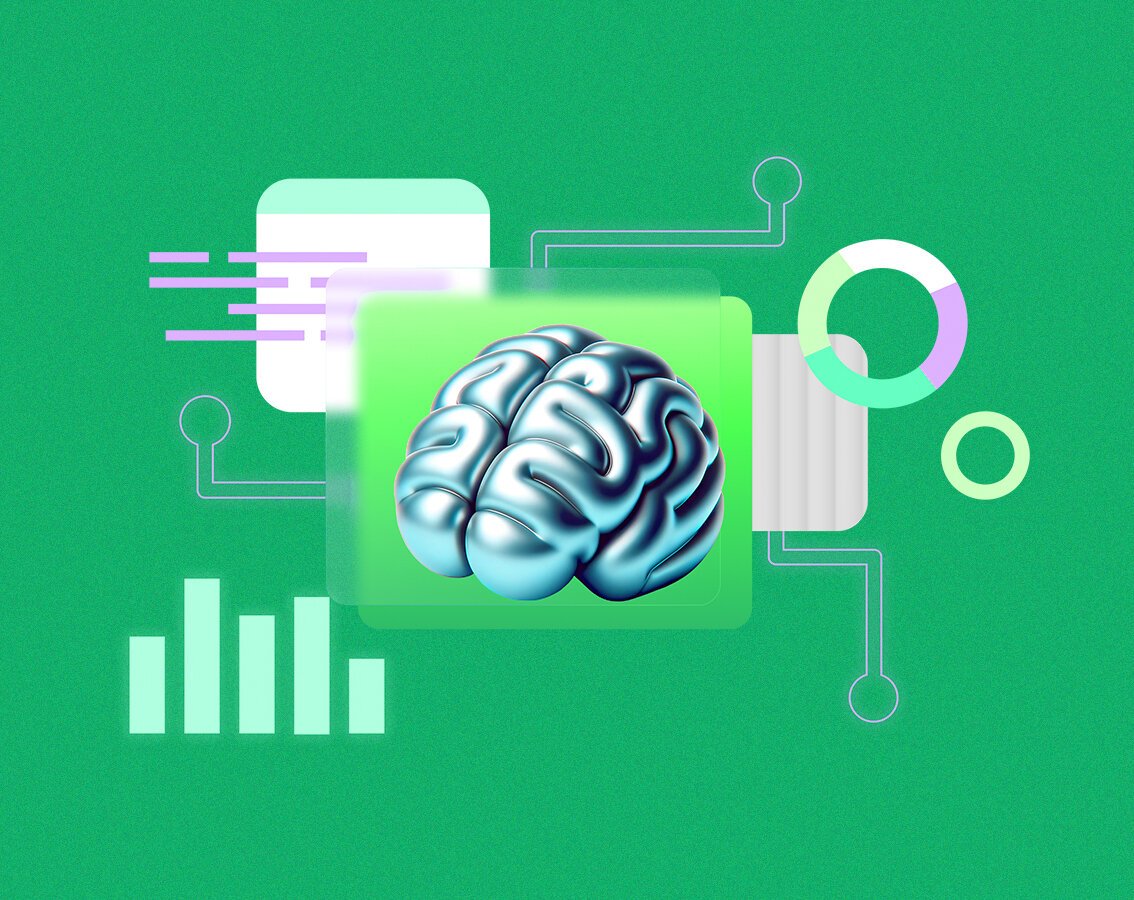blog
5 Step Enterprise Blueprint for App Design and Development – iOS
By Siddhant Chaudhary App development July 8, 2020

Innovation and creativity have always been attributed to Apple. Apple’s products and services are easy-to-use and satisfy the customers’ requirements perfectly. They also adopt and/or develop cutting-edge technology and elegant designs. The company creates new concepts and designs apps that change the way employees work and make them more productive and inventive. In the book, Enterprise Blueprint – App Design and Dev, Apple has laid out the process and best practices for designing mobile solutions. The book elucidates a workable and scalable design approach based on the company’s experience of working with various businesses across different industries. This approach has the following five steps:
1) Prepare
The company should incorporate a mobile strategy at the core of the organization. This is key for digital transformation. The mobile strategy has to be backed by the leadership team and have financial resources for its implementation. The organization must embark on a native app development approach. The design team and technical team has to understand the iOS capabilities, advanced mobile technologies, built-in features for security and performance enhancement and IDE tools thoroughly so that they can build world-class applications. The organization must have a strong foundation, and that comes from a great team that comprises of the following:
- A committed and qualified executive team
- Dedicated product manager and design & development team
- A business leader who can truly understand the customer and business
- IT leader who can provide comprehensive IT infrastructure
- Experienced user/users who understands the business need of the app and can provide various perspectives
The right people must collaborate to find out the root problem and construct an app that provides a solution for the stated problem.
2) Explore
Organize a working session where users and the development team collaborate to understand the requirements and build a prototype of the app. Invite users who can define the key problems and give feedback in the design and development stage. Ask them to define a typical day at work to understand their challenges and expectations from the app. Ask them these questions to understand the user story better:
- What are your roles and responsibilities?
- What are the pre-work tasks that you do?
- What are your main tasks and how do you accomplish them?
- What products/technologies do you use for work?
- What are the challenges in using these products and technologies and how do you overcome them?
- Identify key hindrances and factors that trigger frustration?
- What are your success metrics and what are the bottlenecks in achieving them?
Prioritize requirements and opportunities and finalize functionality to be built in the first iteration of the solution. These tips can optimize the working sessions –
- Assign a facilitator.
- Create a device-free zone.
- Keep a strict timeline and adhere to it.
- Prepare a strategy to deal with unexpected scenarios such as radical ideas, objections, and strong opinions.
3) Apply
Here are the key points to remember while designing the app –
Create One App with One Purpose – Decide on the key features of the mobile solution and design the app. It should serve one main purpose.
Start designing the solution – The designers should develop a few visuals so that the development team and users get an idea on how the app will look and work.
Create Sketches to Visualize – The designers must then make sketches of the key screens and get feedback from the user regarding functionality
Discuss Technical Solutions – Involve the development team to understand the technical feasibility of the designed solution. The aim here is to apply design and technology elements to refine the information structure so as to fulfil the users’ needs
Continuously Iterate with User Feedback – Involve users in the design process and ask them for honest feedback so that the workflows and designs fulfil all customer requirements. It is important to consider factors such as users’ network access, offline storage required by users, number of times, and speed of data access and data refresh required by users.
4) Commit
Once the functionality of the app is finalized, refine the prototype such that users can envisage the product. While designing, choose the technologies, UI components, and workflows that take advantage of the iOS platform and integrate well with the backend system. Create high-fidelity screens that users can evaluate. Here are some tips to remember while creating these screens:
- Fonts used
- Branding colors and elements to be incorporated
- The primary tint of the app and if it will satisfy accessibility features
- Icons and images to be used
The screens can be integrated in a Keynote deck so that users visualize the workflow and the implementation team can define navigation, design patterns, and technical elements that have to be embedded. Remember to incorporate user feedback that is relevant to make the app more functional and usable.
5) Transform
Once the design is finalized, define a time-bound release plan to complete the development and launch of the app. The plan should have all the milestones that will lead to the app’s release. The app has to be coded and tested as per schedule. End-user testing should be integrated so that the app can be refined. The principles of app development and lifecycle management have to be incorporated for the delivery of a high-quality app as expected by customers. Launch the product and seek feedback from the users. Be ready to make updates or fix bugs. Embark on the plan to release the next major version of the product with new functionality. Organize a reflection session to learn from your successes and failures. It will help you to assemble more teams to successfully transform the business repeatedly. Chart out a journey to build more apps and enhance the design skills and technical capabilities of your team. The scalable design approach described above will enable you to create the right framework to solve business problems with a suitable solution approach, appropriate technology, right team, and involvement of users.


